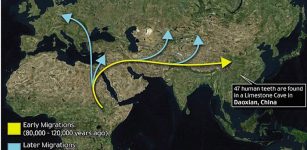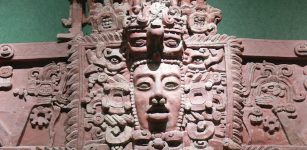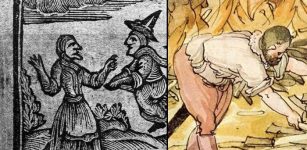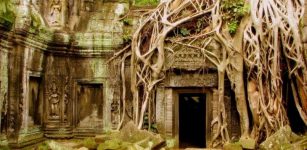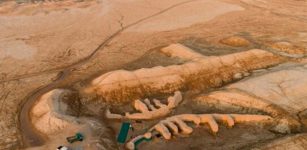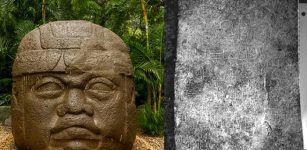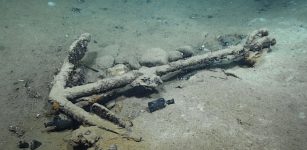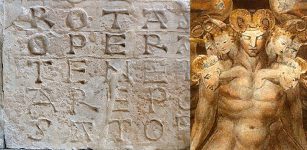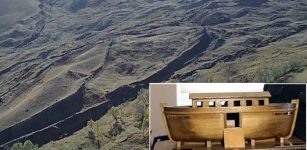Ancient Bronze Age Tomb With Highly Unusual Features – Discovered On Dingle Peninsula, Ireland
Conny Waters - AncientPages.com - The accidental and highly unusual discovery was made during land improvement work on the Dingle Peninsula in County Kerry.
Tomb on the Dingle Peninsula in Co Kerry. Some of these tombs have unusual features such as porticos at the western end. Credit: rte.ie
A pre-historic Bronze Age tomb was accidentally found by a local farmer on the Dingle Peninsula in County Kerry in 2021. Its design differs from other Bronze Age burial sites. The tomb's orientation is west and southwest, which may represent celestial (lunar alignments).
The discovery took place during land improvement work, when a digger upturned a large stone slab exposing a slab-lined chamber beneath.
"It is believed the tomb may be from the Bronze Age, but it could be even earlier as there is a number of highly unusual features displayed," wrote IrishCentral.
Archaeologists from the National Monuments Service and the National Museum of Ireland will continue their research in the area of the discovery.However, the oval-shaped stone has been removed for safe keeping. Image credit: RTE.ie
Thanks to further archaeological investigation, archaeologists found an adjoining sub-chamber in front of the tomb. In its interior, they stumbled upon an unusual smooth oval-shaped stone. Could it be a human bone? If not, so what was it?
No doubt, it’s a remarkable and very puzzling discovery.
“Given its location, orientation and the existence of the large slab your initial thought is this is a Bronze Age tomb,” archaeologist Mícheál Ó Coileáin.
Local archaeologists described the tomb as a highly unusual and significant find. Image source
He also added that ”the design of this particular tomb is not like any of the other Bronze Age burial sites we have here.”
The Bronze Age in Ireland lasted from approximately 2000BC to 500BC and was not a period of time associated with the massive megalithic graves like Newgrange Passage Tomb. Instead, wedge tombs - a long burial galleries, sometimes with an antechamber or small closed end-chamber - were appearing.
As for the newly discvered tomb, local archaeologists described the find is probably invaluable to better understanding of pre-historic burial traditions.
Credit: commons.wikimedia.org
Dr. Breandán Ó Cíobháin, an archaeologist and expert said the tomb seems to be completely untouched and contains human remains.
It is no doubt, very unusual and even rare, because many ancient burial sites have experienced systematic lootings. According to Dr. Ó Cíobháin, ”it is an extremely significant find as the original structure has been preserved and not interfered with, as may have occurred in the case of other uncovered tombs."
Due to the vulnerable condition of the tomb and concerns that people visiting the site may cause further damage to the structure, the exact location of the site has not been revealed.
Additionally, it is worth noting that the oval-shaped stone was removed for safekeeping, while Archaeologists from the National Monuments Service and the National Museum of Ireland would continue the survey of the site. Much about the history of this grave remains unknown.
Written by Conny Waters - AncientPages.com Staff Writer






